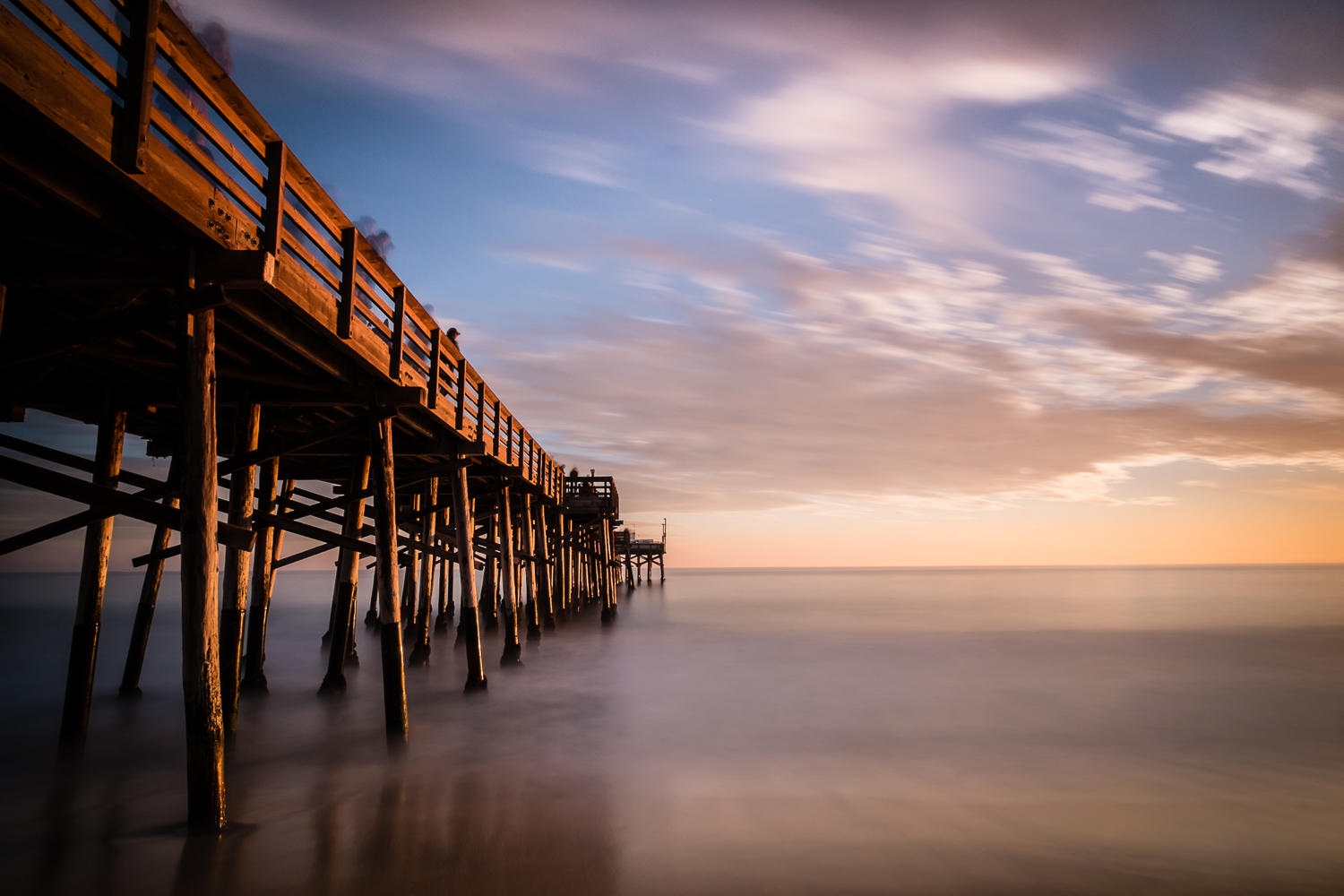With my X-Pro1 out of commission and my X-T1 headed back to B&H because of the light leak issue, I thought I would shake things up a bit by renting the Sony A7 and FE 35mm f/2.8 lens. To make things even more interesting, I decided to compare the Sony A7/35mm lens combo with the Fujifilm X100S. Not a scientific comparison based on sharpness and resolution, but more of a real world comparison based on how and what I shoot.
Each pair of images below were shot back to back with me standing in the same place. I also tried to compose each pair of images to be identical, but this turned out to be much more difficult than I anticipated. All the images were shot in RAW and then processed using Lightroom 5 and VSCO Film 04. While I didn't use the same VSCO preset for all the images, I did use the same Fuji and Sony variations of the selected preset for each pair of images.
X100S - 1/640 seconds at f/2 (ND on)
X100S - 1/60 seconds at f/8
X100S - 15 seconds at f/8
X100S - 1/60 seconds at f/8
X100S - 58 seconds at f/8
A7 - 1/2000 seconds at f/2.8
A7 - 1/80 seconds at f/8
A7 - 10 seconds at f/8
A7 - 1/60 seconds at f/8
A7 - 30 seconds at f/8
As you can see, there are noticeable differences between each pair of images. Most notably the white balance selected by each camera's auto white balance meter. This is especially apparent in the final pair of images. The other difference is more subtle, but expected. And that is the slight difference in field of view due to the 23mm lens on the X100S versus the 35mm lens mounted on the A7. While both setups yield a 35mm full-frame equivalent focal length, the wider lens on the X100S does result in a bit more of the scene being captured within the frame.
So what conclusions have I drawn from this comparison? Mainly that for how and what I shoot, the APS-C sensors on the X100S and X-Pro1/X-T1 are good enough. Based on the results of my completely unscientific comparison and the fact that I rarely make large prints, I really can't find any reason to consider a move to Sony. It's not that the Sony A7 (and A7R which I haven't used) aren't great cameras. It's just that for my needs and preferences, the Fuji X Series cameras and lenses simply suit me better.











